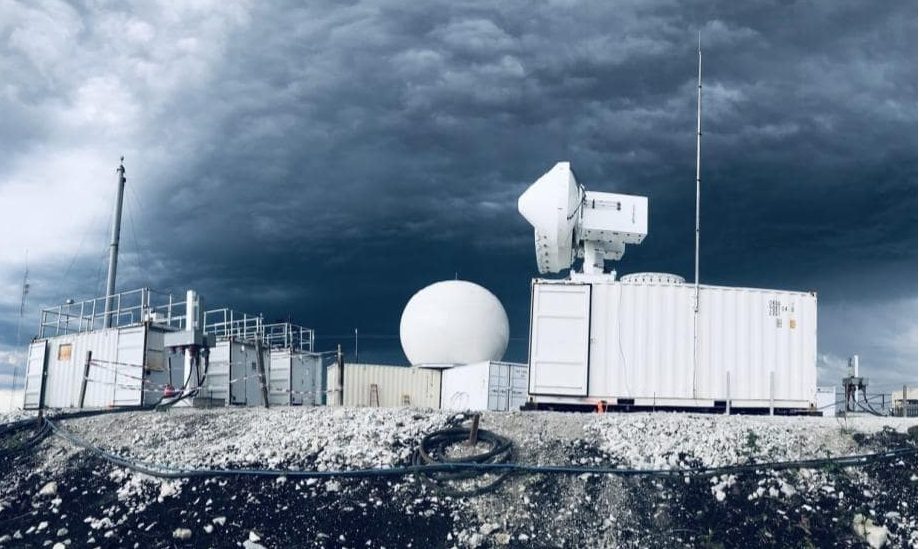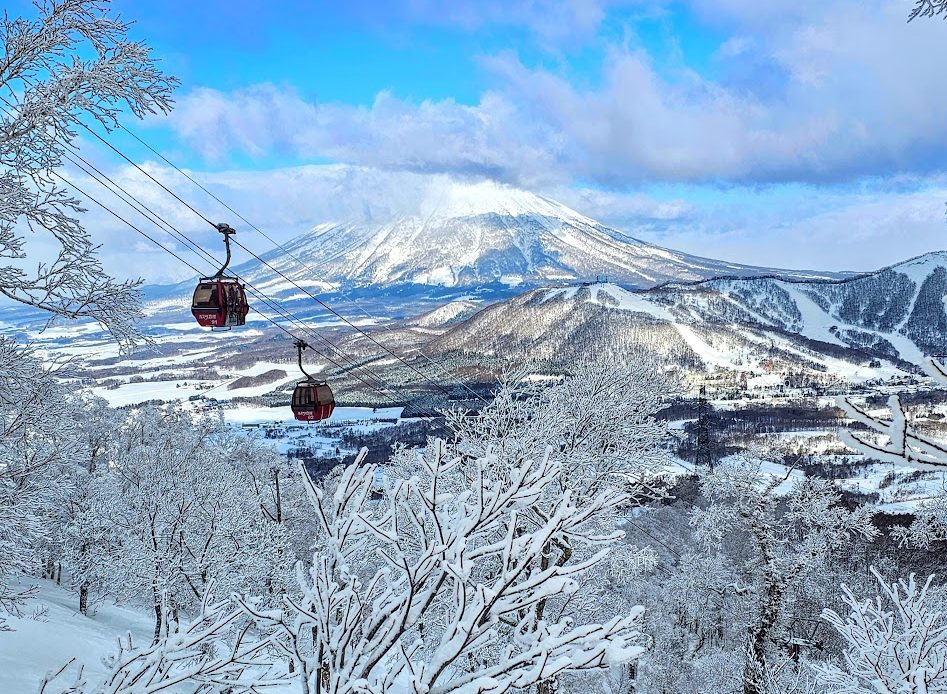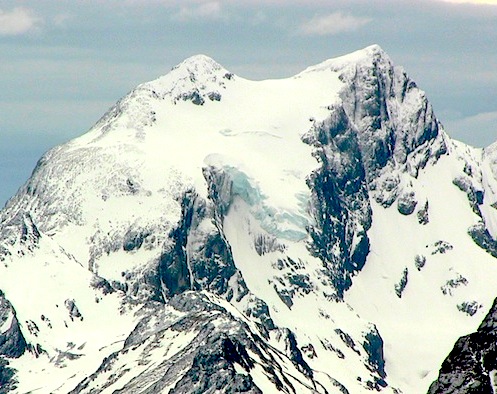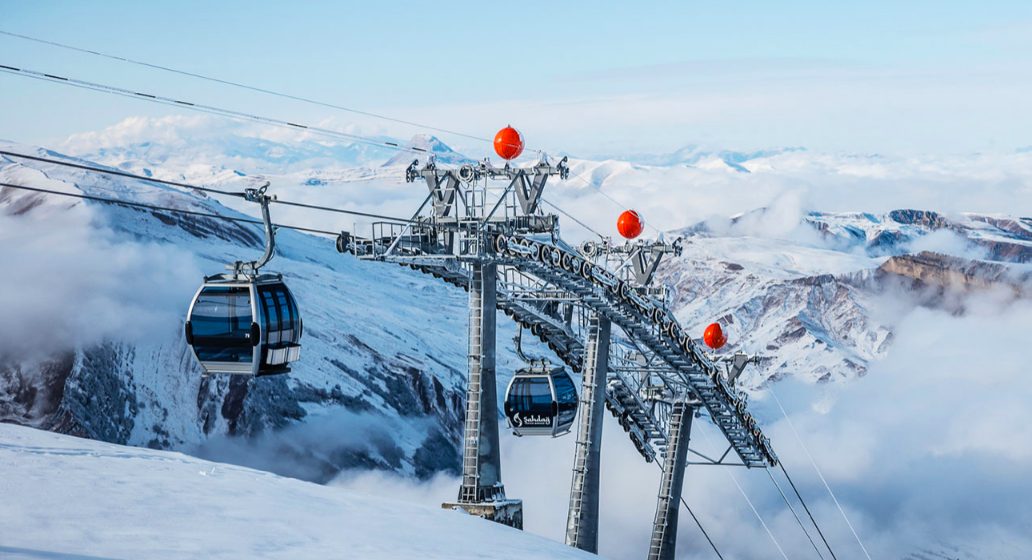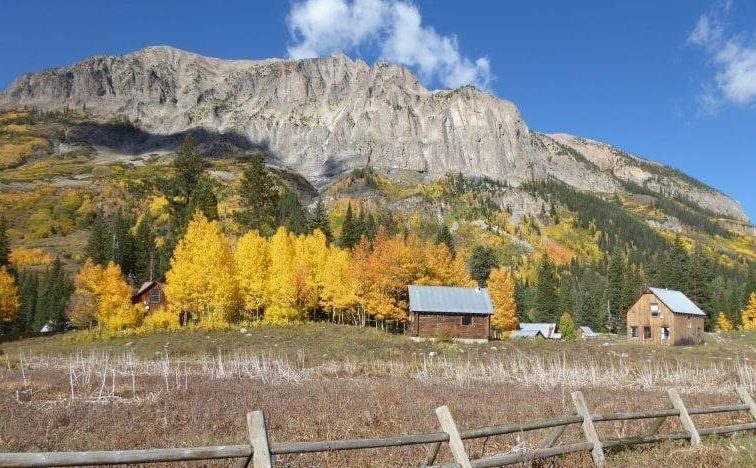
Located a few miles outside of Crested Butte, CO, is the town of Gothic, home to the Rocky Mountain Biological Laboratory (RMBL). What began as a mining town in the late 1800s has turned into the epicenter of biological and climate research. Silver was mined in the 1880s, and at its height, the town of Gothic had 1,000 people and nearly 200 buildings. But by the 1890s, miners had moved on. In 1914 when the silver was gone, there was only one man who remained, Garwood Judd. He’s the man after which Judd Falls is named is on the outskirts of the town.
Dr. John Johnson, from Western Colorado College, visited the town in 1919 and began bringing students due to its rich biological diversity. RMBL was officially founded in 1928 and the area continues to be one of the most studied ecosystems in the world. Over 9,000 scientists have studied pollination, climate change, and the high-altitude ecosystems of Gothic. The nearly 100 years of research have created long-term data sets that have influenced environmental policy, an example being research on acid deposition led to the Clean Air Act. Groundbreaking research in pollination that has continued since the 1970s has led to a greater understanding of pollination in this area than in any other area in the world.
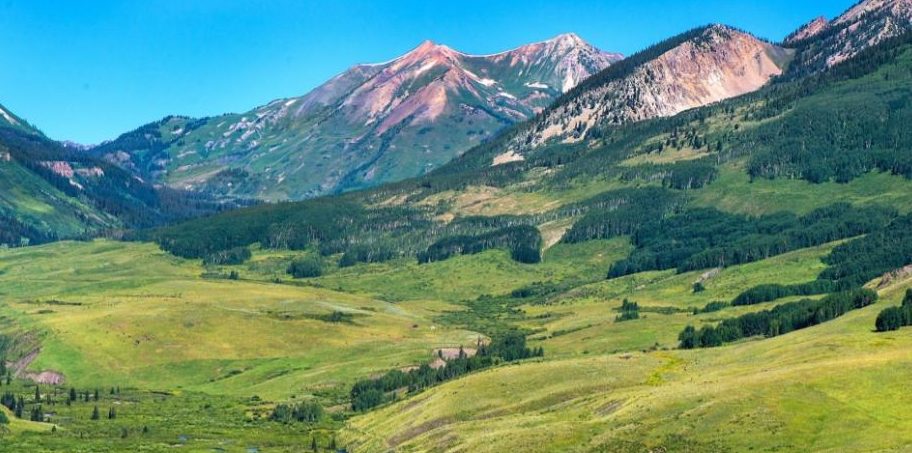
Water scarcity is becoming an increasing threat in our changing climate, especially in mountain towns such as Crested Butte. The RMBL aims to understand further how extreme weather patterns impact water availability through two upcoming studies, SAIL and SPLASH. The Surface Atmosphere Integrated Field Laboratory (SAIL) is funded by the Department of Energy and will aim to answer the process of where and how water precipitation forms across watersheds in the mountains. The study will be housed in an Atmospheric Radiation Measurement (ARM) observatory with instruments that measure radiative energy, temperature, humidity, precipitation, clouds, aerosols, and winds scattered throughout the nearby area of Gothic. The study will take place from September 2021 to June 2023.
The Study of Precipitation, Lower Atmosphere and Surface Hydrometeorology (SPLASH) will study environmental parameters and how they pertain to weather and water in the mountains. It is funded by the National Oceanic and Atmospheric Administration (NOAA) and will hopefully lead to better weather and water prediction capabilities in the mountains. The study will most likely take place from the fall of 2021 to the summer of 2022. These two studies will complement the ongoing research of the Lawrence Berkeley National Laboratory’s Watershed Function Scientific Focus Area, which is focused on the flow of water through mountainous regions in response to climate change. This will add to understanding how to constrain better prediction models for how climate change will affect water resources.
The importance of water to skiers and snowboarders cannot be understated. As the climate continues to change, it is more important than ever to understand the mechanisms of how the water cycle works and what we can do to preserve it.
